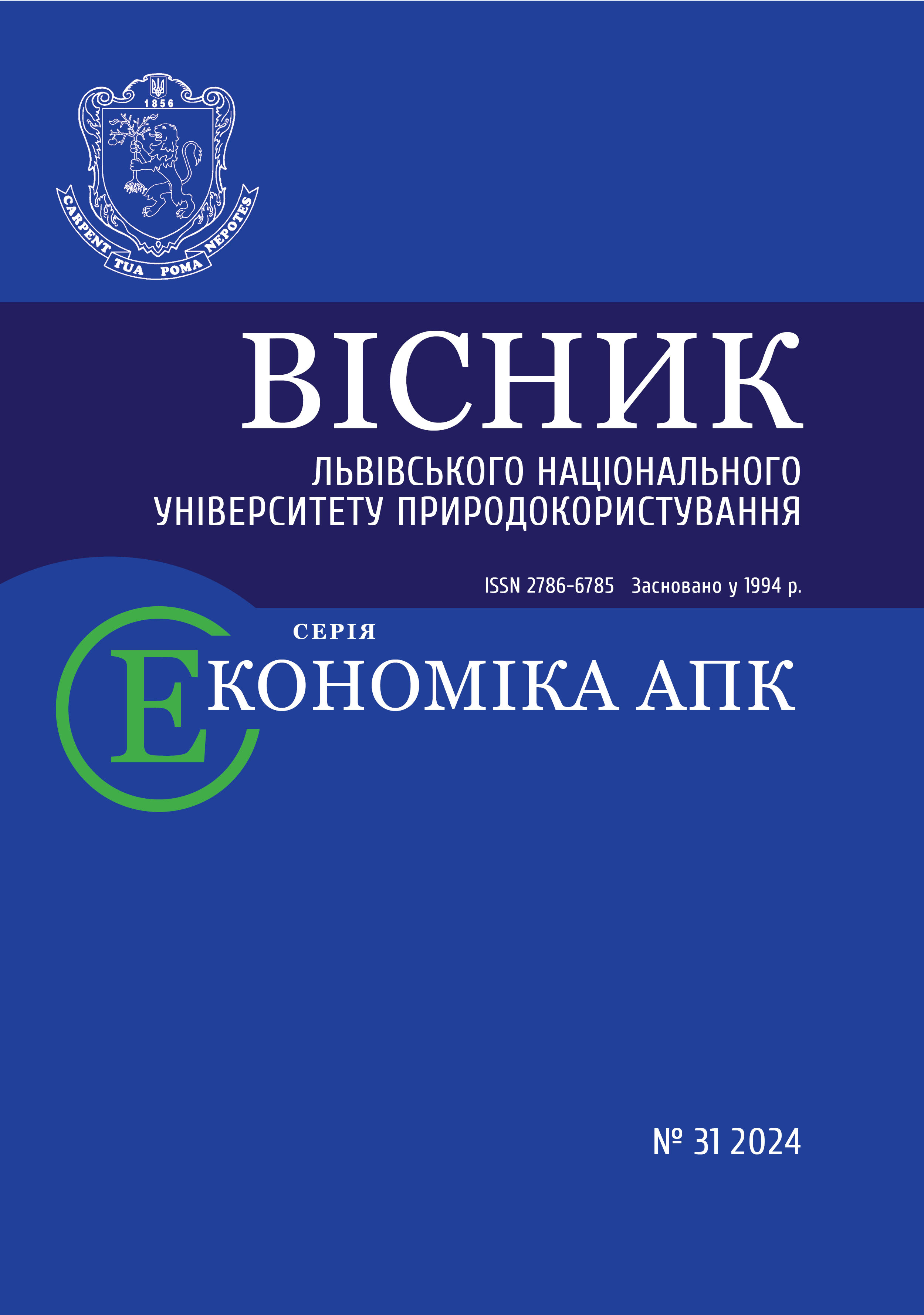COMPARATIVE ANALYSIS OF DESIGN THINKING TOOLS IN FINANCE AND POSSIBILITIES OF THEIR APPLICATION
DOI:
https://doi.org/10.31734/economics2024.31.013Keywords:
design thinking in finance, financial institutions, tools, innovations, financial productsAbstract
In today's dynamic financial sector, design thinking is becoming an increasingly powerful tool for developing innovative and customer-focused products and services. Design thinking in finance combines design thinking methods with the needs and challenges of the financial sector. The use of these tools can significantly increase the efficiency of financial institutions, help them better understand their customers, create innovative products and services, and improve operational activity.
This article explores and compares various design thinking tools in finance, and assesses their effectiveness and applicability. The authors review and systematize the available design thinking tools in finance, including customer journey mapping, brainstorming, sketching, prototyping, and testing. Each design thinking tool in finance has its unique advantages and limitations. Customer journey mapping helps to understand the needs and emotions of users deeply, brainstorming generates a wide range of ideas, sketching visualizes concepts, prototyping allows testing ideas, and testing with real users provides an opportunity to get feedback and improve the product. The use of these tools can help financial institutions to develop more innovative and efficient products and services, which will lead to increased customer satisfaction, loyalty and competitiveness.
It's worth noting that design thinking in finance is still in its early stages in Ukraine, necessitating further research and refinement of its tools for broader adoption and effective application.
Despite its early stage in Ukraine, design thinking in finance has the potential to revolutionize the financial landscape and drive the nation's financial sector towards a more promising future.
References
Barnett B., Evans D. Design thinking. Design your life. Ed. 2. Kyiv: Nash format, 2019. 224 p.
Design thinking: how to apply the method in practice in 2024. URL: https://beetroot.academy/blog/dizayn-mislennya-yak-zastosovuvati-metod-na-praktici (Accessed April 02, 2024).
Design Thinking in FinTech: How to Implement URL: https://qubstudio.com/blog/design-thinking-in-fintech/ (Accessed April 07, 2024).
Design Thinking Tools: how to use them to solve complex problems. URL: https://www.platfor.ma/specials/designed-ukraine-yak-dyzajn-myslennya-pratsyuye-v-ukrayini/ (Accessed April 07, 2024).
How design thinking helps to create innovations: advice for entrepreneurs. URL: https://www.epravda.com.ua/cdn/cd1/2024/porady_pidpryiemtsiam/ (Accessed April 09, 2024).
Leuric M., Tommen J.-P., Lifer L. Design-thinking life. Practical guide. Kyiv: ArtHuss, 2021. 256 p.
Lihonenko L. O. Design management as a methodology for finding and implementing innovations URL: https://acadrev.duan.edu.ua/images/PDF/2020/2/8.pdf] (Accessed April 10, 2024).
Michael Lewrick, Jean-Paul Thommen, Larry Leifer. The Design Thinking Life Playbook: Empower Yourself, Embrace Change, and Visualize a Joyful Life. ArtHuss, – 2021.
Sytnyk N. I. Design thinking: conceptual foundations, advantages and limitations. Scientific Bulletin of Kherson State University. Ser.: Economic Sciences. 2021. Issue 44. P. 43–48.
The Top 5 Design Thinking Insight Generating Tools. URL: https://vaughanbroderick.com/design-thinking-insight-tools/ (Accessed April 11, 2024).
Yujia Huang, David Hands. Design Thinking for New Business Contexts: A Critical Analysis through Theory and Practice Palgrave Macmillan; 1st ed. 2022 edition (Accessed April 07, 2022). 300.
Zakharchenko N. V. Prospects for the development of design thinking in business and innovation management. Academic review. 2022. No 1 (56). P. 53–60.


